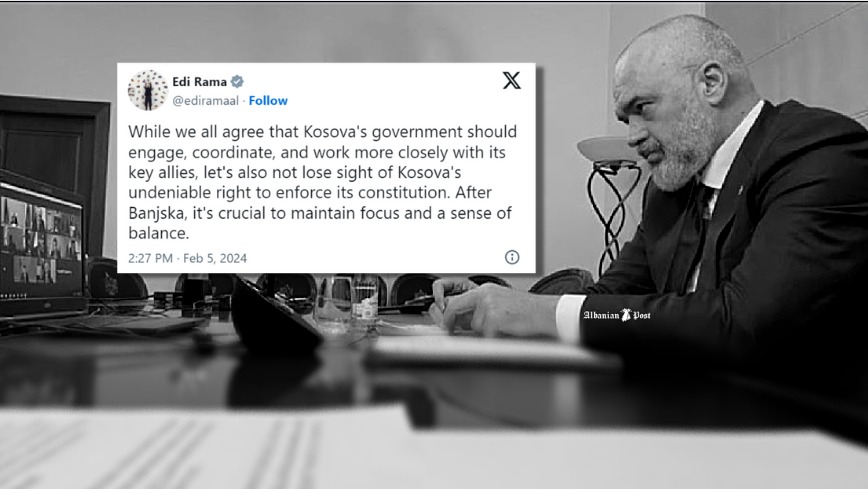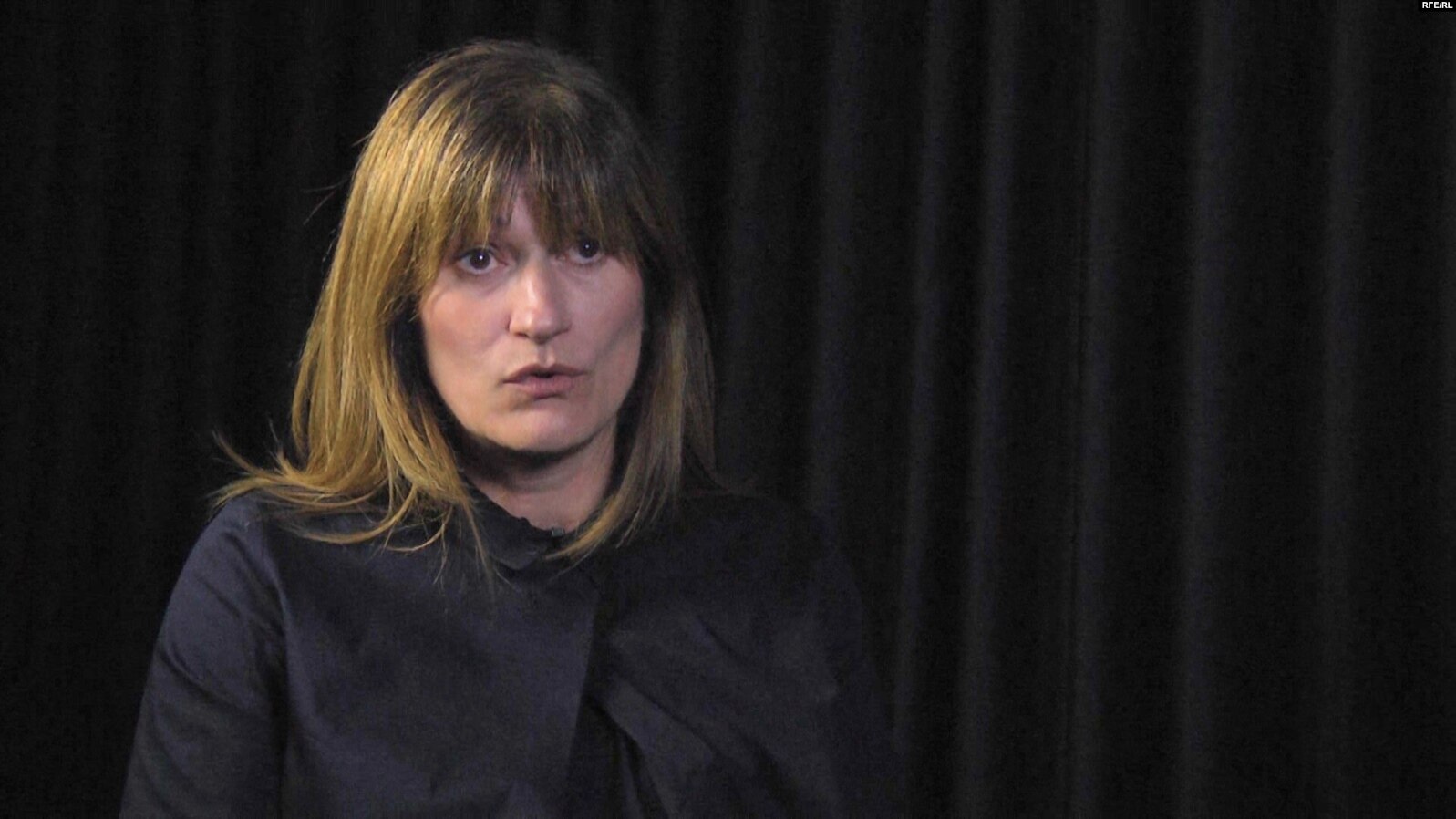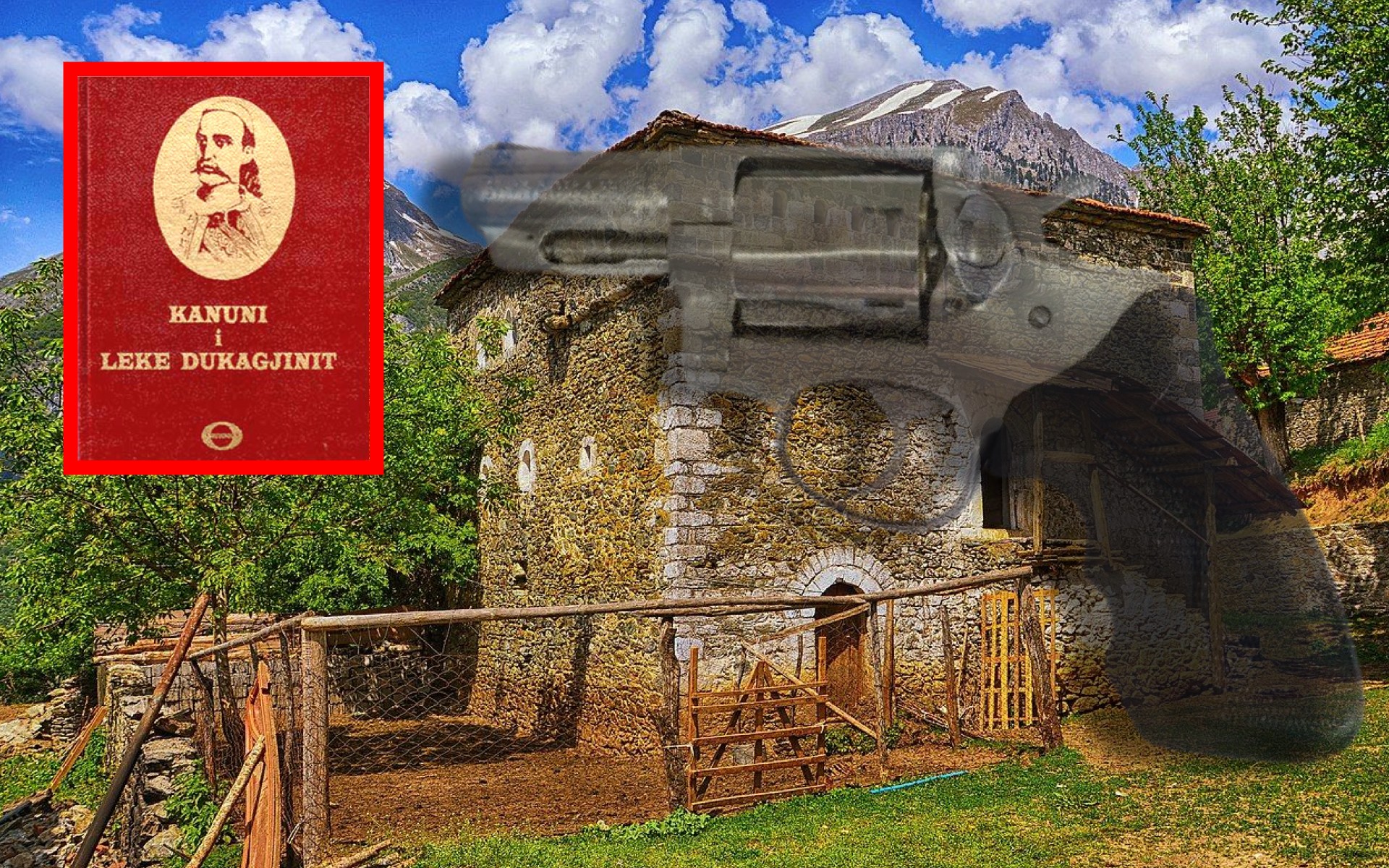
On January 16, one of the most wanted people in Italy was captured, on the run for 30 years, and he has been sentenced to 20 life sentences for 40 murders and participation in 5 massacres. One of the most violent exponents of the criminal organization Cosa Nostra, the Sicilian mafia.
Matteo Messina Denaro is the last exponent of the Corleone branch in Trapani of Cosa Nostra, the criminal group that in 1979, causing about 1,000 murders among mafia members, members of state institutions, journalists, took power and control of Cosa Nostra at least until the last decade.
He, the child of a mafia family, was the protagonist of the period of massacres, together with Bernardo Provenzano, Leoluca Bagarella, the Graviano brothers, Giovanni Brusca and other very well-known mafia members at the international level.
Messina Denaro took an active part in the assassinations of 1992 in Palermo, in the massacre of Capaci, where the judge Giovanni Falcone was killed with his wife and his bodyguards, in that of Via d’Amelio where the judge Paolo Borsellino and his bodyguards were killed and then in the 1993 attacks in Rome, Florence and Milan.
But what makes a criminal organization a mafia? Whatever it is called, it has the ability to penetrate the civil society within which it operates. Like a parasite that criminal organization, the mafia erodes, pollutes and impoverishes the lands where it grows, robbing freedom, social, economic and natural resources and ultimately hope.
By its very nature, it does so by building a network of coexistence and cooperation with sectors of the population, with professionals, businessmen, and even members of state institutions, both locally and nationally.
And it achieves this by threats, violence and above all with money, paying off state officials and reinvesting the huge profits of its criminal activity in the legal economy. In essence, it has the power to frighten the environment of the society that surrounds it by coexisting with the state with which it seeks to interact and condition it.
This is exactly what Matteo Messina Denaro has done.
He was the emblem of the mafia, that is, the criminal who knew how to build around himself a network of a high level of protection and cooperation. Man of the lupara (the typical weapon with which the mafia in Sicily committed the murders), but also of business.
He invested the incomes from mafia activities and fines in tourist agencies, supermarkets and wind energy companies. So far, in a few years, 5 billion euros have been confiscated. It is said that his wealth ranges from 4 to 6 million euros.
The Ndrangheta (Calabrian mafia) which is currently much more powerful than Cosa Nostra, for example, is estimated to have a turnover of around 70 billion euros a year: twice the annual budget of the Italian state. At least seventy percent of this wealth is reinvested in the legal economy. And so it is quite easy to understand what influence the mafias can have on the economy not only of Calabria and Sicily, but of all of Italy.
The commander of the ROS (intelligence department of the Carabinieri) who has been dealing with Cosa Nostra for years, stated that in these decades of hiding one of the most important people of the Corleones, hundreds of his supporters have been arrested.
A dense and extensive network of associates that investigators call the “mafia bourgeoisie”: a mix of professionals (doctors, lawyers, businessmen, politicians and state officials, freemasons, etc.), which shared part of his wealth and guaranteed thirty years on the run, longer than the period of fascism in Italy itself.
Now investigators are investigating to reconstruct this network of protection and cooperation that prevented the arrest of the culprit involved in four hundred murder crimes and five major massacres.
A man who knows the secrets of the bloodiest phase of mafia activity in Italy and also of the contacts he had between Cosa Nostra, neo-fascist and subversive groups, secret services and politicians at regional and national level.
It is not known if U’ Sicco (the thiner -pseudonym of Messina Denaro) will want to reveal those secrets to the judges, or if he will take them with him to the grave.
Cosa Nostra is no longer the same as it was discovered and convicted in the 1987 maxi trial brought by Judges Falcone and Borsellino.
Since then, the former Commission, the governing structure of the organization, no longer exists. Totò Riina with his men including Matteo Messina Denaro, dismantled it creating the dictatorial structure led by Salvatore Riina himself.
Will Kupola, that commission that united the representatives of the families and the main mandates (the union of three families within a district or family or neighborhood) be rebuilt again on the basis of elections, or will Riina’s type of dictatorship continue?
Or will the various families still act on their own, coordinating to manage larger affairs?
This is not known. But experts do not predict a war between clans. After a century and a half, Cosa Nostra is weakened and battered, it no longer has its former strength, but it is there, a mafia in search of a director and a new organizational model in the management of the gigantic capital in their hands.
Today Cosa Nostra is out of sight, but it is underground. Gone are the days when bosses and associates acted in the light of day and all the authorities said “Mafia does not exist”, “Mafia is an invention of journalists”.
That’s when it is said “Mafia does not exist”, not only does it exist, but it is very powerful and very close to power, able to condition the latter.
If today in Sicily or in Italy no one questions the existence of the mafia, if today the carabinieri who arrest Messina Denaro are applauded, it is because the state has finally decided to fight it.
It is true that Sicily gave birth to and nurtured the mafia, but it also gave birth to the anti-mafia, the strict laws, the deterrent life imprisonment for those who were involved in mafia crimes and terrorism.
Today in Italy, the fight against the mafia is taught in schools.
To achieve this result, the price has been high, paid with the lives of hundreds of policemen, magistrates, journalists, businessmen and ordinary citizens.
The capture of Matteo Messina Denaro ended an era, but the mafia may already see its future beyond the names we know today.
It is a mafia that no longer has a dome, it no longer has a long-term plan and, at least for now, it does not have a “political project”. But it has not disappeared, it is spread over the territory of Sicily, in other regions and countries in search of alliances and new opportunities.
The mafia exists, operates and is there.
Last from the rubric
-
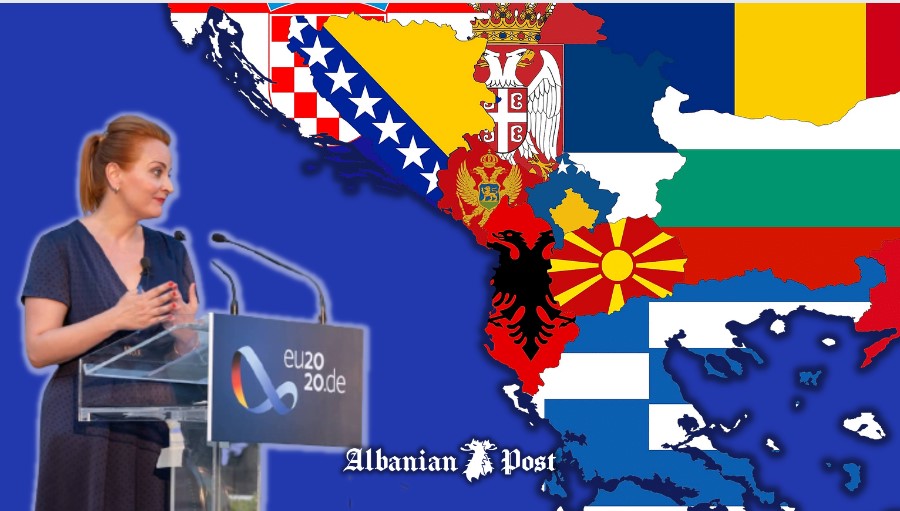
The region as seen from a Europe within the Balkans – Interview with the diplomatic affairs analyst, Alexandra Voudouri
-

Exclusive/ Interview with the President of the Special Court, Ekaterina Trendafilova: We conducted a survey, the majority of Kosovars believe the Special Court to be fair – we are an open and transparent court
-

Noam Chomsky for Albanian Post: I was never opposed to Kosovo’s independence
-
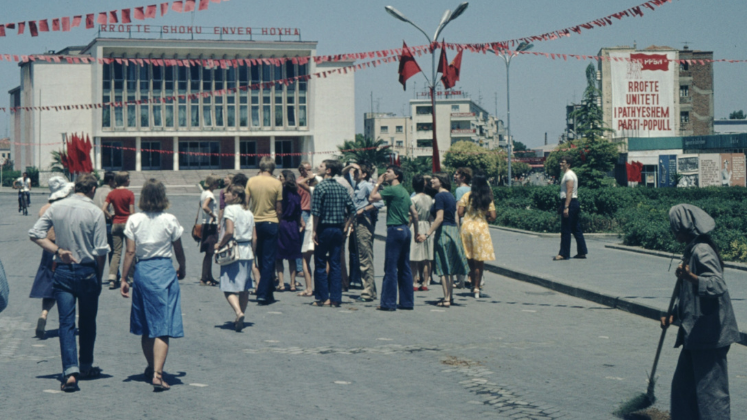
Coming of Age at the End of History by Lea Ypi, Book Review by Andi Haxhiu
